Among the many different functions of international and regional organizations, one of them is to form alliances and ensure military cooperation and collective security between different countries. The Collective Security Treaty Organization (CSTO) is one such alliance.
Formed after the fall of the Soviet Union, the former socialist republics formed the Commonwealth of Independent States which resulted in the CSTO. As a response to the US NATO presence in Central Asia, the organization established itself as an alliance and military security in 2002.
First it had Russia, Armenia, Belarus, Kazakhstan, Kyrgyzstan, Tajikistan, Uzbekistan, Azerbaijan and Georgia. However, the last three are no longer part of the alliance.
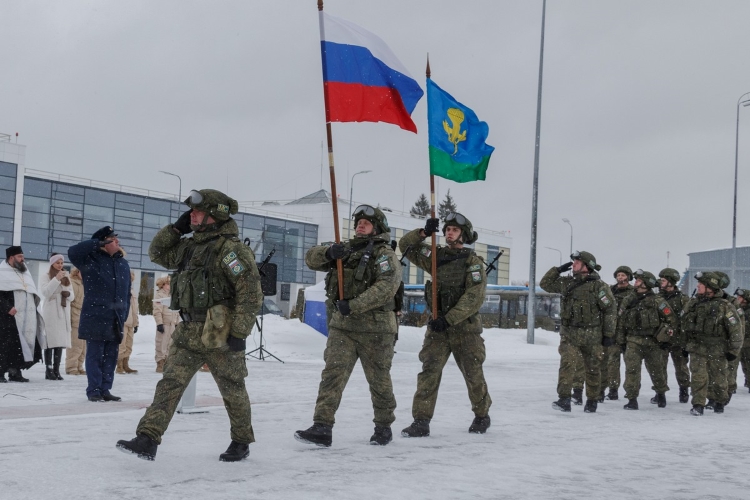
What is the Collective Security Treaty Organization (CSTO)
The countries of the former Soviet Union of Eurasia, with the end of the USSR, signed an international security alliance to continue the trade and political relations they already had historically.
The CSTO was actually signed in 1994 and won the goal of collective security and military assurance among countries in 2002, following the traditions of the Soviet Armed Forces.
The agreement does not allow member countries to make other military alliances, or participate in any other group of states, and follows the principle of mutual defense where any aggression or threat against one of the participating members will be seen as an aggression against all.
How the CSTO maintains military cooperation between the countries of the former Soviet Union
CSTO conducts military exercises of operational, strategic and tactical training of the joint armed forces annually, with the aim of deepening the efficiency of collective security.
The largest exercise of CSTO troops was conducted in Central and South Asia in 2011, with more than 10,000 soldiers and 70 military combat aircraft. Also, Member States have taken measures to combat cyber threats and information technology crimes, with the creation of a Cyber Shield system.
In addition, the presidency of the organization is rotated annually as a way to strengthen cooperation between the six members.
Example of Action of the CSTO
In January 2022, the CSTO made its first real military intervention in Kazakhstan, against civil protests because of the high fuel prices and corruption of the federal government.
Although domestic conflicts are not within the guidelines of the alliance’s action, the Kazakh president claimed that the conflict did not involve only civilians but that it had the intervention of “foreign terrorists” as well. From this, the CSTO, under the current presidency of Armenia, sent 2,500 troops of soldiers, coming from Belarus, Armenia and mainly from Russia.
Previously, in 2021, Armenia had resorted to the organization for support in the Nagorno-Karabakh conflict against Azerbaijan, but its request was denied. The CSTO’s justification was that the conflict did not take place directly on the territory of Armenia and that it was a “border incident”, therefore they had no right to intervene.
The difference between the support provided to Kazakhstan, according to BBC reviews , is that Russia and Belarus were afraid that popular protests could reverberate across the neighbouring region, including in their own countries, even more if they had the support of other nations. In addition, Russia has a military base and a space launch station in Kazakhstan (Baikonur Cosmodrome), which encouraged the deployment of troops to secure their security.
How the Collective Security Treaty Organization (CSTO) is weakening and what it means to Russia
In 1999, three of the twelve nations that were involved in the CSTO came out of the deal: Azerbaijan, Georgia and Uzbekistan (which re-entered in 2006 and left again in 2012). An alliance that loses allies weakens, especially when it represents ¼ of the participants.
Moreover, the failure of the CSTO to guarantee security to Armenia in the Nagorno-Karabakh conflict brings an insecurity to the other participants about how guaranteed they are by the alliance. Although the presidency of the organization is rotating and currently being hosted by the Armenian Prime Minister, the political leader is actually Russia, and the member states are subordinate to Russian interests. The CSTO functions as an “arm” of the Russian government and in this case supporting Armenia was not on this priority list.
O The Washington Post brought an analysis about the formation of organizations in Central Asia and how this is a trend in the geopolitical scenario, as a means to ensure autocratic regimes and spheres of influence, a form of “protective integration”. The main objective is to promote a “culture of interaction, normative bonding, and collective political solidarity.”.
“In the 1990s and early 2000s regional organizations seemed to promote democratic values and procedures. The trend now — especially in Eurasia — is for regional groups to defend autocracy in member nations by redistributing resources and providing legitimacy to politically embattled rulers.”
The Washington Post
O “regional authoritarianism” that Russia carries out, from alliances such as a Collective Security Treaty Organization, is an attempt to re-establish itself as a center of dependency relations with other countries.
However, the lack of security of cooperation and the positioning of their interests as a priority weakens any union, is a relationship that is given more by an imposition of power than by common agreement between partner countries.

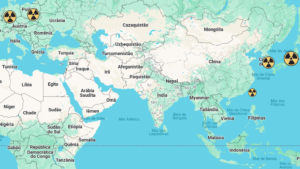


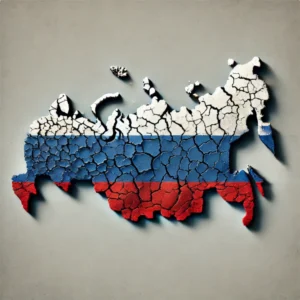





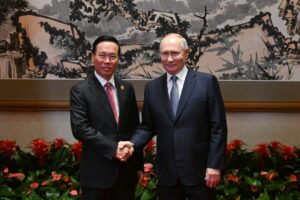

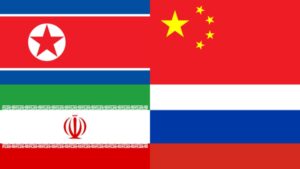
[…] Collective Security Treaty Organization (CSTO) of the Eurasian military alliance and led by Russia, is a concrete way of acquiring alliances […]
[…] When Azerbaijan completely annihilated the Armenian troops in Nagorno-Karabakh with drones, Russia did nothing. Even with Armenia hosting Russian troops in its territory and being part of CSTO. […]
[…] is one of Russia’s main declared allies historically. The CSTO is one of the bases that ensures support for Putin’s actions, since the country is the leader of […]
[…] Collective Security Treaty Organization, better known by the acronym CSTO, is in decay and one of the main reasons for this collapse is the […]
[…] The CSTO began to formally operate in 2002, with the objective of protection and military cooperation against internal and external threats. At the beginning, the alliance included nine countries: Russia, Armenia, Belarus, Kazakhstan, Kyrgyzstan, Tajikistan, Uzbekistan, Azerbaijan and Georgia, all former Soviet Republics. However, Azerbaijan, Georgia and Uzbekistan have left over the years, reducing the number of active members. […]